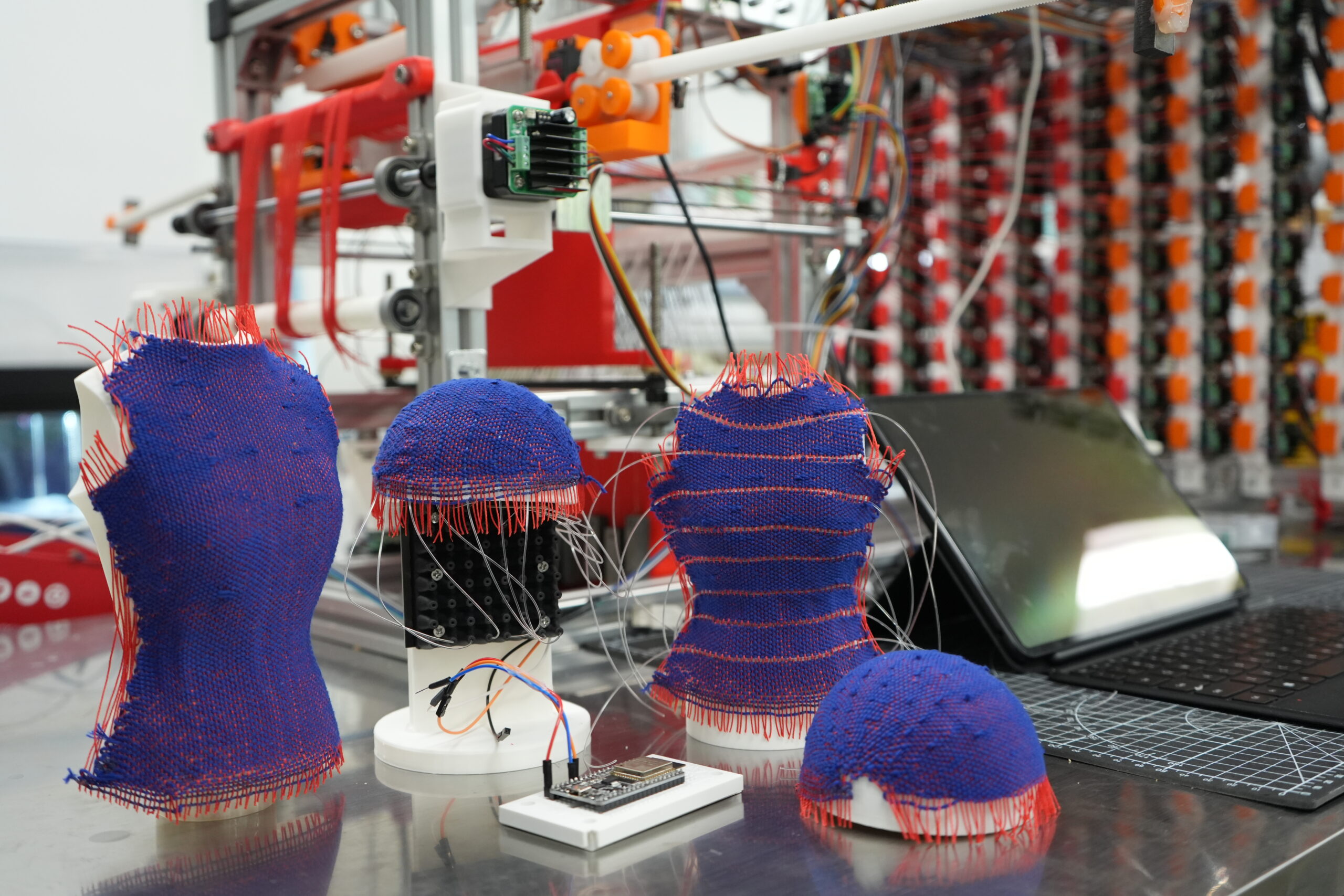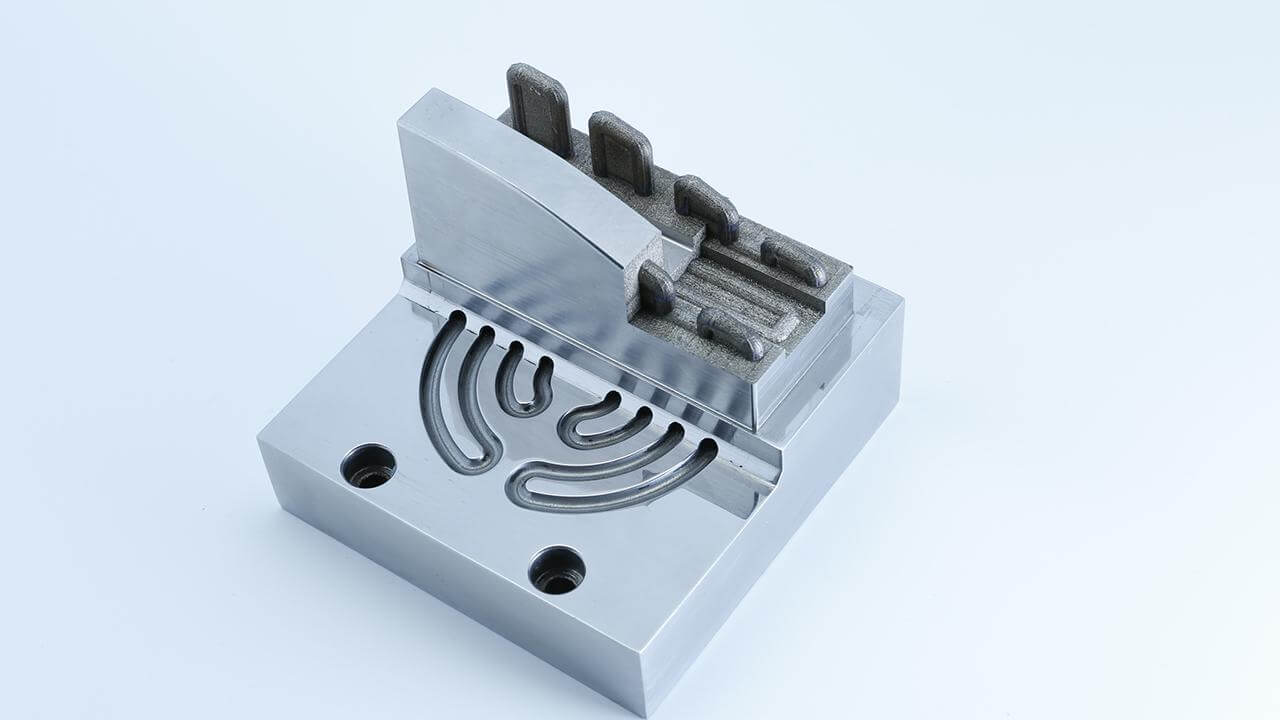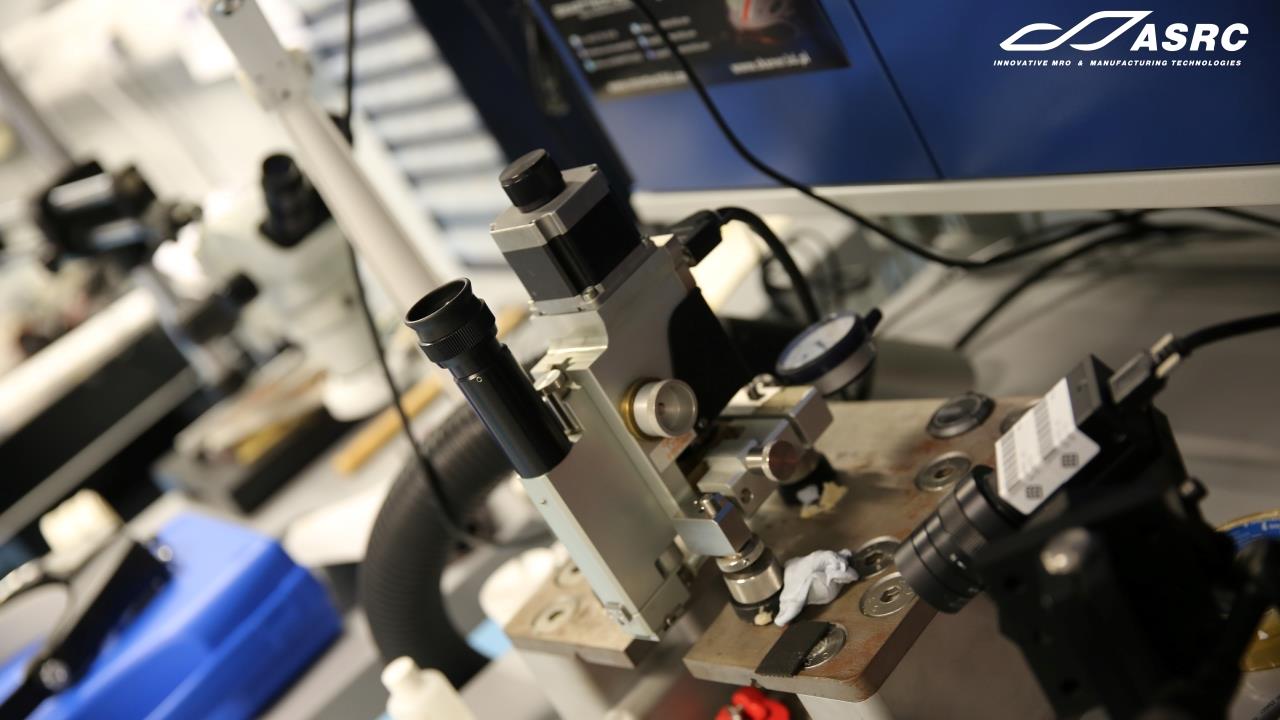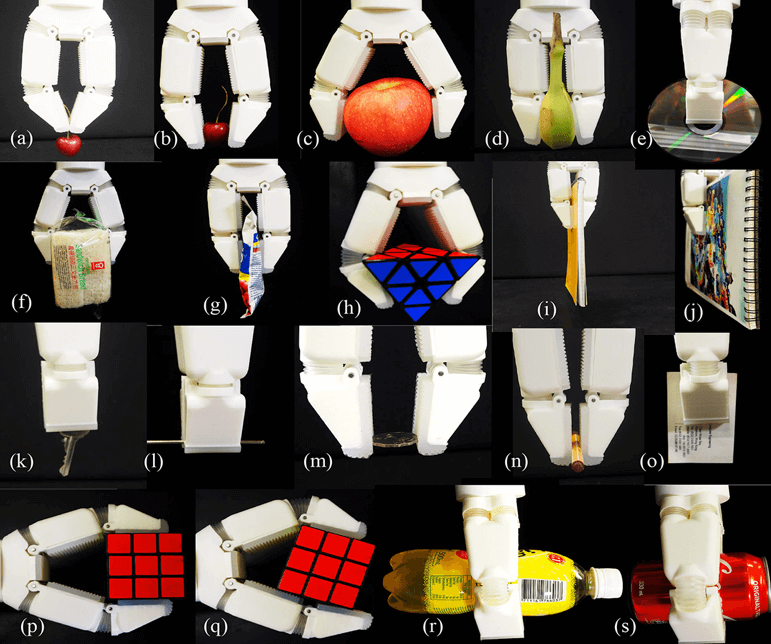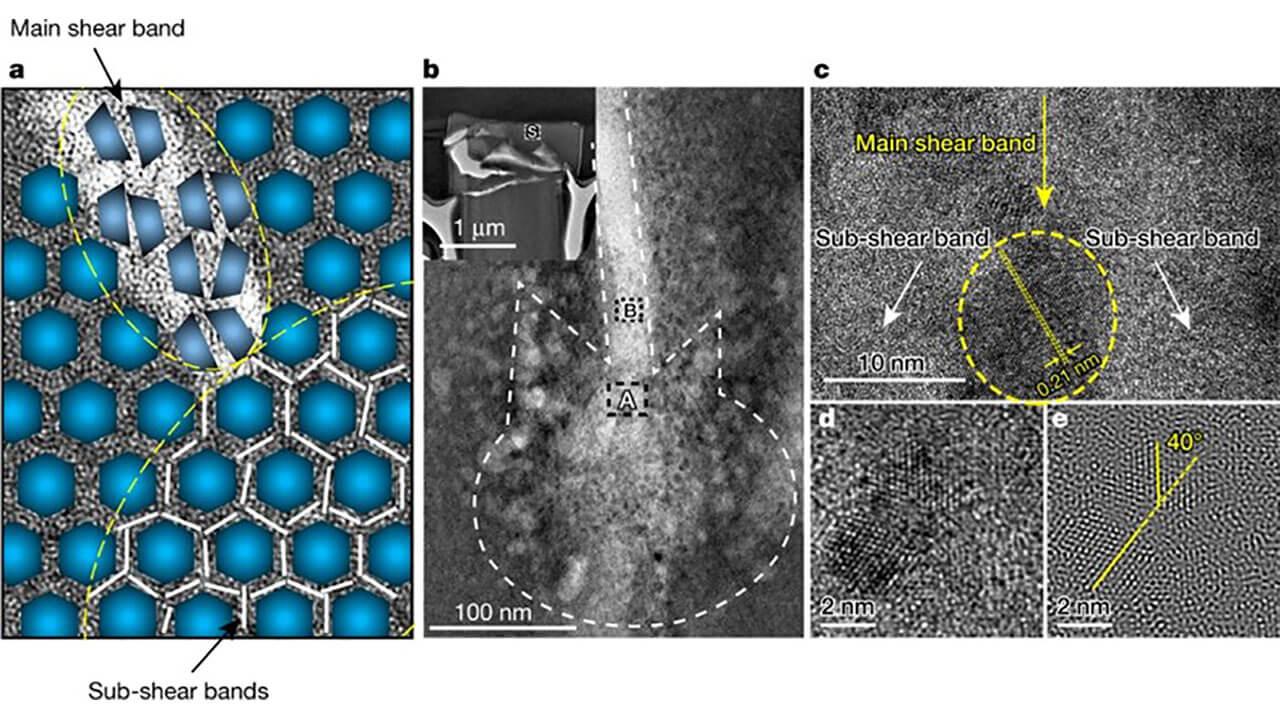
Argus – Anomaly Recognition Graphical Universal System

The defect inspection system developed by FLAIR consists of (1)image capturing technology for thoroughly product inspection, (2)unsupervised learning model for detecting millimetre-scale defects, and (3)light model for edge device deployment.
Detecting defects is an essential yet challenging computer vision task in manufacturing since defects are usually small and inconspicuous objects. Moreover, collecting defect samples can be difficult and sometimes impossible since defects rarely occur. The innovation is to use unsupervised learning methods i.e. without labelled samples to detect small defects on the product for quality inspection.
- Anomaly detection based on multi-head self-attention network training using few unlabelled normal samples
- Hardware design for capturing high-resolution and high-quality image in a thoroughly manner.
- The System can perform 7x24 small defect inspection which is considered as error-pone and tedious task if performed manually
- The hardware technology can capture high-resolution images in a thoroughly manner which makes many computer vision tasks tractable
- Manufacturing
- Product Control
Patent
- Hong Kong Short Term Patent Application No 32022066158.3
- Hong Kong Short Term Patent Publication No:30075230
The Hong Kong Industrial Artificial Intelligence & Robotics Centre (FLAIR) is established by the Hong Kong Productivity Council (HKPC) at the Hong Kong Science Park and is part of AIR@InnoHK, which is one of the two world-class research clusters being established by InnoHK Clusters of the HKSAR Government, to support Hong Kong in developing into an international innovation and technology hub.
FLAIR aims to engender synergy and achieve a clustering effect by attracting top-notch local, Mainland and overseas research institutions to engage in research collaboration. It will also actively approach private enterprises and industry associations for consultation and solicit their involvement in FLAIR’s work to ensure its industry orientation in addressing major R&D problems encountered by the industries in AI adoption.
As the sole founder, HKPC works together with RWTH Aachen Campus of Germany, the major collaborator of FLAIR, by bundling their strengths and repertoire of resources in technical expertise, networks, innovation and patents etc. to set up the FLAIR and support its operation.
For more information, please visit FLAIR’s website: https://www.hkflair.org









